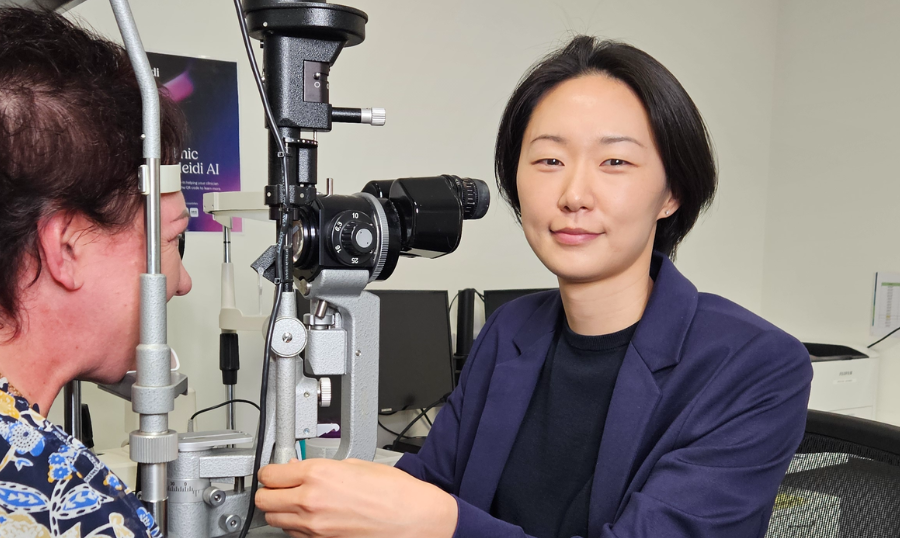Auckland Eye Welcomes Cornea and Anterior Segment Specialist Dr Bia Kim
Auckland Eye is pleased to welcome Dr Bia Kim, a highly trained Cornea and Anterior Segment Specialist, to our team.

We get eye colour from our parents, but did you know eye health is hereditary too? Genetics play a role in many kinds of eye diseases, including those that are the leading cause of blindness among children and adults.
Among infants, more than 60 percent of cases where blindness has occurred are caused by inherited eye diseases such as congenital (present at birth) cataracts, congenital glaucoma, retinal degeneration, optic atrophy and eye malformations. Additionally, up to 40% of children and infants with certain types of strabismus (misalignment of one eye in relation to the other) have a family history of the disease.
In adults, glaucoma and age-related macular degeneration (AMD) are two of the leading causes of blindness, which both appear to be inherited in a large proportion of cases. Researchers have mapped several genes for glaucoma and are starting to identify genes involved in macular degeneration. In fact, if age-related macular degeneration (AMD) runs in your family, you have 50 percent chance of developing AMD. Additionally, according to the Glaucoma Research Foundation, having a family history of glaucoma makes you four to nine times more likely to get the disease.
The most common eye disorder is a refractive error, which is when the shape of the eye prevents light from being focused correctly on the retina. Researchers have found that refractive errors in otherwise healthy eyes, such as myopia (near-sightedness), hyperopia (farsighted) and astigmatism, are linked to genetics. Therefore, this means that the likelihood of developing a refractive error, myopia or astigmatism for example, is significantly increased for individuals whose parents have a refractive error.
There are some less common eye disorders and conditions that are hereditary. Among them are:

As much as we would like to think we are our own person, to some extent you can’t beat your genes! Family history gives clues to the future, and this knowledge helps your eye specialist ensure you enjoy a lifetime of good vision. Therefore, to keep your eyes healthy, it’s important to know your family eye health history and get regular eye exams so your doctor can keep an eye on your vision and find potential problems before they become serious. Many eye diseases, such as glaucoma and age-related macular degeneration, have no symptoms in the early stages.
So the next time you’re filling in a patient form that asks about family eye health history, make sure it’s accurate and complete! It could help save your eyes!

Auckland Eye is pleased to welcome Dr Bia Kim, a highly trained Cornea and Anterior Segment Specialist, to our team.

Discover how Auckland Eye is redefining inclusive healthcare by launching New Zealand’s first assistive website toolbar.

Macular degeneration is a leading cause of vision loss in older adults. There’s no cure, but its progression can be slowed. Here’s what to know.